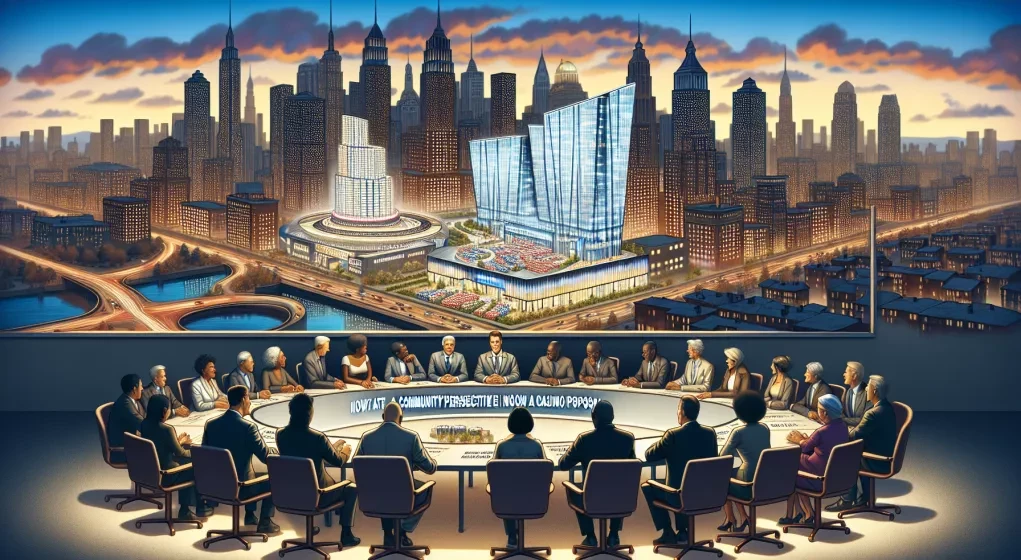In the heart of New York City, amidst the constant ebb and flow of ambitions and dreams, there arises a conflict pitting the revered tradition of local governance against the towering aspirations of casino commerce. The stage has been set, and at the center of this unfolding drama is Mayor Eric Adams’ administration, pushing forward with a controversial plan that could reshuffle the city’s long-standing protocol for reviewing casino applications—much to the chagrin of the community’s vigilant guardians, the Community Boards.
The very essence of New York’s urban democracy, the Community Boards are the unsung heroes in a metropolis often characterized by relentless change. These boards represent the vibrant tapestry of the city’s neighborhoods, offering voices to the unsalaried members—locals who bring their passion and experience to serve without remuneration. Their domains stretch from Hell’s Kitchen’s lively streets to the posh corridors of Chelsea, offering advice and perspective on key matters, including land use and zoning.
However, in a recent turn of events, Mayor Adams’ proposed amendment seeks to redraw the map of influence, excluding these boards from formally tipping the scales on decisions regarding the city’s eagerly anticipated multibillion-dollar casino projects. Community Board 4, representing areas primed and ready for the city’s glittering future, voiced strong opposition to the Mayor’s stratagem which intends to skirt around their consultative input.
“If a house could stand bereft of its foundation, we might consider disbanding the very essence of our city’s local input,” reflected Delores Rubin, a member of the spirited assembly, who captured the board’s sentiment. “Cutting us out is cutting the roots of a city that has thrived on the close-knit fabric of community engagement.”
Traditionally, major developments in New York City have had to saunter through the meticulous process known as the Uniform Land Use Review Procedure (ULURP) — a democratic ballet, allowing for each pirouette and pose of the city’s stakeholders to be carefully considered. However, with Adams asserting that ULURPs are superfluous when it comes to casinos—a mere echo of the state’s review—there’s an air of disquiet among those who champion local input.
Indeed, the state mandates that casino propositions win the support of a local Community Advisory Committee (CAC) before the New York Gaming Facility Location Board will even glance at the bids. The CAC is envisioned as a coterie of six, each member a sentinel appointed by a tapestry of influential figures, from the governor to the borough president.
Should the City Planning Commission concur with Adams, voting in favor of abandoning ULURPs for casino bids, the decision would then dance its way to the City Council and onto the Mayor’s desk for a final, potentially transformative handshake.
Meanwhile, the whispers of casino intrigue have swelled to a crescendo with the revelation of a project by the Soloviev Group. Their eyes are set on a tableau of possibility—a blank canvas of vacant land lying in the shadow of the United Nations Headquarters, ripe for transformation into a towering complex blending a 1,200-room hotel with over a thousand residences caressing the skyline. The pièce de résistance—a Banyan Tree-branded luxury wellness retreat, a sanctuary of opulence promising to indelibly etch its prestige on Manhattan’s East Side.
This maelstrom of political maneuvering, ambition, and the potential dawn of New York’s next chapter in luxury entertainment continues to unfold, leaving the city’s residents and observers to ponder the final act in this grand narrative. The questions echo in the canyons of steel and glass: Who will write the story of New York’s future, and what part will the voice of its people play in the silhouette of tomorrow?






